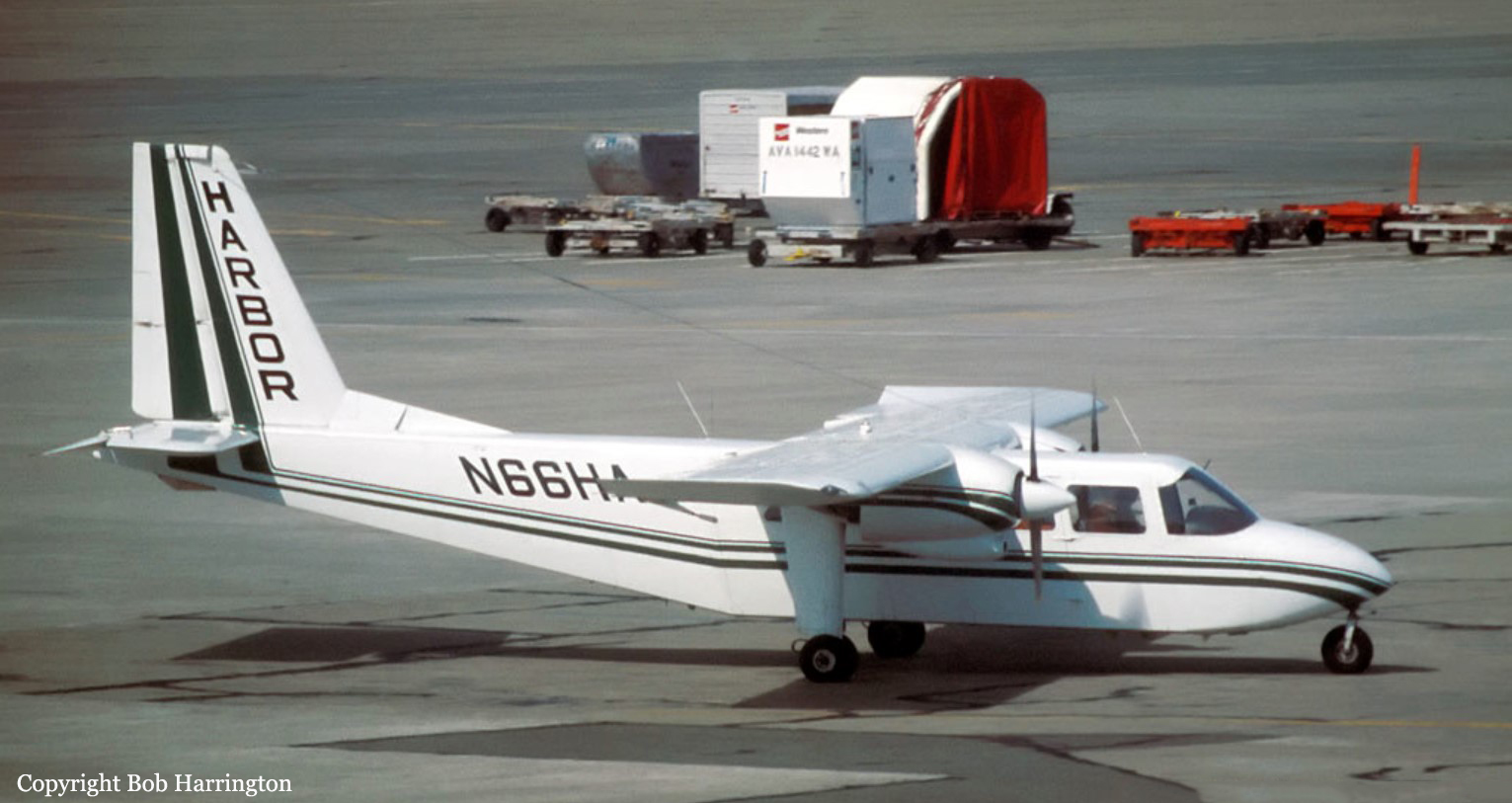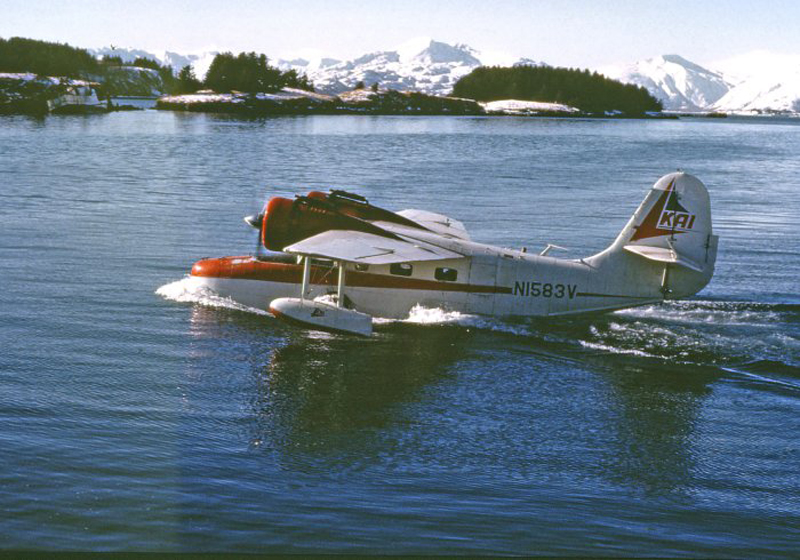Crash of a Britten-Norman BN-2A Islander in Seattle: 4 killed
Date & Time:
Registration:
N66HA
Survivors:
Yes
Schedule:
Seattle - Oak Harbor
MSN:
31
YOM:
1968
Flight number:
HG308
Crew on board:
1
Crew fatalities:
Pax on board:
5
Pax fatalities:
Other fatalities:
Total fatalities:
4
Captain / Total hours on type:
342.00
Circumstances:
Shortly after takeoff from Seattle-Tacoma Airport, while climbing in marginal weather conditions, the twin engine airplane went out of control and crashed in a residential area located in Riverton Heights, near the airport. Two passengers were seriously injured while four other occupants including the pilot were killed.
Probable cause:
Diverted attention from operation during initial climb caused the aircraft to crash. The following contributing factors were reported:
- Instruments-misread or failed to read,
- Low ceiling,
- Snow,
- High obstructions,
- Flight and navigation instruments: airspeed, obstructed,
- Foreign materials affecting normal operations,
- Unknown matter in Pitot static system affected the airspeed indicator.
- Instruments-misread or failed to read,
- Low ceiling,
- Snow,
- High obstructions,
- Flight and navigation instruments: airspeed, obstructed,
- Foreign materials affecting normal operations,
- Unknown matter in Pitot static system affected the airspeed indicator.
Final Report:







